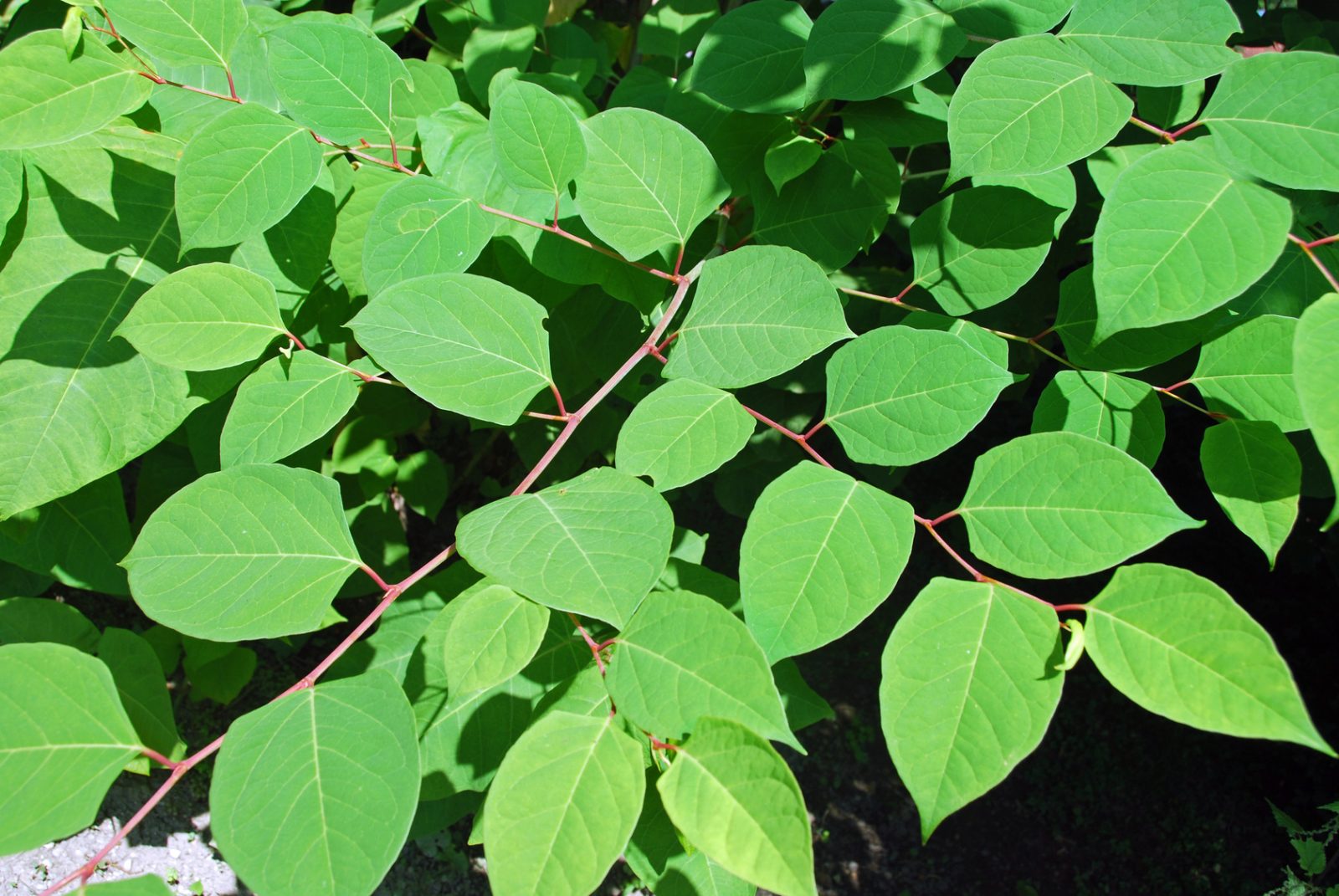Japanese knotweed: How to keep it under control
What is Japanese knotweed?
The reputation of Japanese knotweed often precedes itself. It’s a fast-spreading weed that is extremely difficult to control. Although it looks similar to bamboo, Japanese knotweed can be identified by its red stems and deep shovel-shaped green leaves. Although it may have been an attractive plant at one time, the trouble lies with its rapid growth rate and extensive rhizome. During spring and summer, it can grow up to 10cm each day.
Why is Japanese knotweed a problem?
Japanese knotweed has gained a bad reputation over the years, which is due to just how fast-spreading this weed can be. Its long and sprawling underground root systems (rhizomes) can spread many metres vertically and laterally. If even a small fragment of the rhizome is spread, new growth can appear.
Not only is Japanese knotweed a problem for many homeowners, but it can also be a problem for councils and infrastructure operators. If left untreated, Japanese knotweed can take over amenity areas at an astonishing pace – which can cost thousands of pounds in maintenance costs. If Japanese knotweed is not controlled and spreads to neighbouring land it can have legal ramifications which can be time-consuming and costly to resolve.
One of the biggest problems for local authorities is that brick walls, concrete and tarmac do not stop it from growing. This can result in walls becoming unstable, paths being broken and drainage systems being damaged or blocked. This type of damage can be dangerous to the public and costly for local authorities and councils to address.
How to control Japanese knotweed?
Knowing how to control Japanese knotweed is important, as it is your legal obligation to ensure it doesn’t spread onto neighbouring land. Depending on where the weed is located will determine which type of treatment is required. The presence of Japanese knotweed on development sites will require specialist advice and treatment, however, it can be controlled successfully if the area has not been excavated, and the rhizome hasn’t been disturbed. You should never try to physically remove Japanese knotweed stems or crown material unless qualified; it’s hazardous waste and must not be composted or go to a general landfill.
An application of Garlon Ultra in April or May will give powerful control of Japanese knotweed; Garlon Ultra is particularly effective on woody weeds like Japanese knotweed and will not ruin the grass cover where used. Garlon Ultra is ideal for use in a range of amenity grassland areas but should only be used once a year and should not be applied around trees, aquatic areas or in grazing land.
A quality glyphosate product, like Roundup Provantage, is ideal for autumn application to control any regrowth or in areas where Garlon Ultra isn’t suitable. To help increase the effectiveness, you can use a quality adjuvant, which helps move the herbicide into the plant. We recommend Quartz for use with Roundup, Garlon Ultra and other approved herbicides.
It can take several years to gain control of Japanese knotweed, particularly in the case of large infestations. The longer you leave Japanese knotweed the worse the problem will become, so it is best to begin treatment as soon as possible.
Get in touch
If you would like to find out more about Garlon Ultra, Roundup Provantage or Quartz then please get in touch and one of our friendly team members will be more than happy to help and answer any questions you have.
